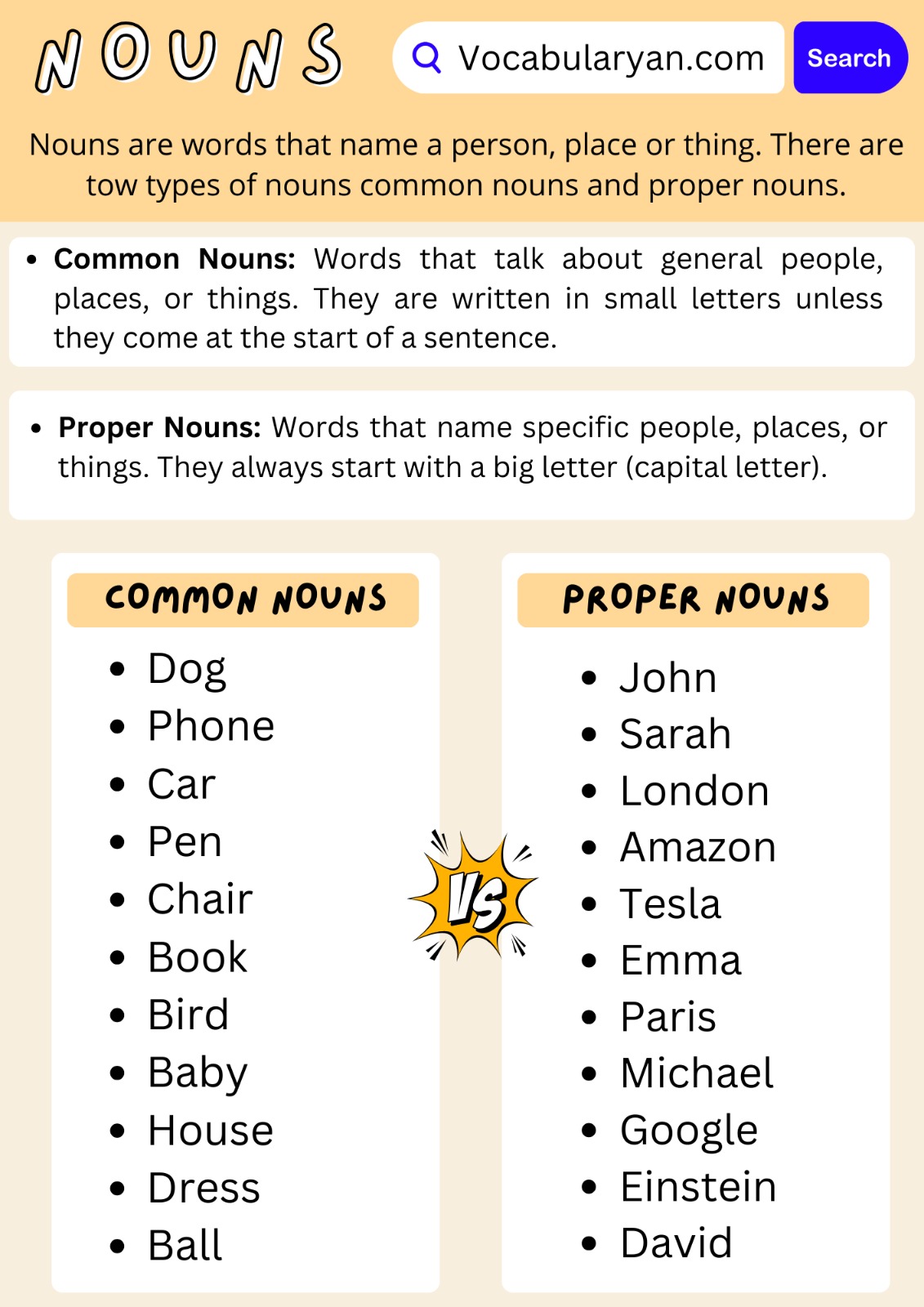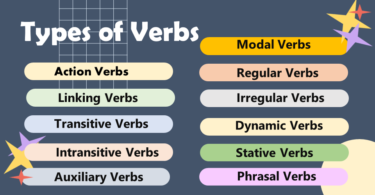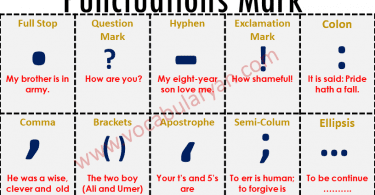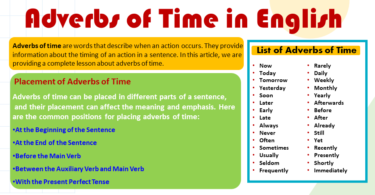Learning the difference between common nouns and proper nouns is fundamental for clear English communication. Common nouns name general people, places, or things—like city, teacher, or dog. In contrast, proper nouns refer to specific names, such as London, Mr. Smith, or Buddy, and always begin with a capital letter. Understanding this distinction helps in writing correct sentences and improves reading comprehension. Whether you’re a student or language learner, mastering common and proper nouns strengthens your grammar and makes your communication precise and effective.
What Are Nouns?
Nouns are words that name people, places, things, or ideas. They are the building blocks of sentences because they tell us who or what the sentence is about. Examples include teacher, city, book, and happiness. Nouns help us talk about the world around us clearly.
Common Nouns
Common nouns are general names for people, places, things, or ideas. They are not specific and are usually not capitalized. Examples include boy, city, car, dog, and school. These nouns are used daily to talk about everyday things without naming a particular person or place.
Examples of Common Nouns
Here are a few common nouns for better understanding:
- Person: teacher, doctor, student
- Place: school, city, park
- Thing: book, phone, table
- Idea: love, happiness, freedom
Examples in sentences:
- The teacher is explaining the lesson.
- I saw a beautiful bird in the park.
- The city is busy during the day.
Proper Nouns
Proper nouns are the specific names of people, places, or things and are always capitalized. Examples include London, Sarah, Monday, Amazon, and Eiffel Tower. Proper nouns help us identify unique individuals or places clearly and precisely.
Examples of Proper Nouns
Here are some examples of proper nouns:
- Person: John, Marie, Elon Musk
- Place: New York, London, Paris
- Thing: The Great Wall of China, iPhone, Eiffel Tower
- Event: Christmas, Eid, Thanksgiving
Examples in sentences:
- John is going to Paris next week.
- We celebrated Christmas with family.
- Apple released the latest iPhone model.

Differences Between Common Nouns and Proper Nouns
Common nouns are general names for people, places, or things, like city, teacher, or car, and they are not capitalized. Proper nouns, on the other hand, are specific names such as New York, Mr. Smith, or Toyota, and they are always capitalized. While common nouns refer to any member of a group, proper nouns name unique individuals or places.
| Common Noun | Proper Noun |
|---|---|
| City | New York |
| school | Harvard University |
| company | Microsoft |
| country | France |
| car | Toyota |
When to Use Common and Proper Nouns
Use common nouns when talking about general things, people, or places without specifying a particular one, like “She works at a school.” Use proper nouns when you want to name a specific person, place, or thing, such as “I saw Bella” or “She works at Lincoln High School.” Proper nouns always need capital letters.
- Use common nouns when you are talking about something in general. For example, “I bought a new car” refers to any car, not a specific brand.
- Use proper nouns when you are naming a specific person, place, or thing. For example, “I bought a new Toyota” refers to a specific brand of car.
Advanced Usage of Common and Proper Nouns
Common nouns can be made more specific by adding adjectives or by pairing them with proper nouns, like “the city of Paris” or “the teacher Mr. Johnson.” Proper nouns can also be used generically to represent a whole category, for example, “A Newton is a type of scientist.” Understanding when to combine, specify, or generalize helps make writing clearer and more effective.
- Titles and Brands:
- Common noun: “I love my new phone.”
- Proper noun: “I love my new iPhone.”
- Countries and Nationalities:
- Common noun: “She is visiting a country.”
- Proper noun: “She is visiting Italy.”
- Events:
- Common noun: “We will attend the event.”
- Proper noun: “We will attend New Year’s Eve.”
Common and Proper Noun Examples in Sentences
To better illustrate how both types of nouns are used in everyday writing and speaking, here are some example sentences that include both common and proper nouns:
- The doctor works at St. Mary’s Hospital.
- I am reading a book written by J.K. Rowling.
- They traveled from Brazil to Argentina.
- The museum in London is world-famous.
Example Sentences of common nouns and proper nouns
| Common Nouns | Proper Nouns |
|---|---|
| The dog is barking loudly. | John is reading a book. |
| I need a new phone. | Sarah loves painting. |
| The car is parked outside. | London is a beautiful city. |
| She is holding a pen. | Amazon delivers fast. |
| We sat on the chair. | Tesla makes electric cars. |
| The book was very interesting. | Emma won the competition. |
| I see a bird flying in the sky. | Paris is the capital of France. |
| The baby is sleeping now. | Michael is going to the gym. |
| The house is very big. | Google is a popular search engine. |
| She has a beautiful dress. | Einstein was a great scientist. |
| He plays with the ball every day. | David works in a hospital. |
| The tree gives shade in the park. | California has nice weather. |
| The doctor gave me some advice. | Sony makes good cameras. |
| They saw a fish in the river. | Asia is the largest continent. |
| He bought a new bike. | Jennifer sings beautifully. |
| She found a key on the ground. | Apple released a new phone. |
| The student studied all night. | Shakespeare wrote many plays. |
| The teacher explained the lesson well. | Venus is the second planet from the sun. |
| He is building a small boat. | Nile is the longest river in the world. |
| The store is open until 9 PM. | Toyota is known for reliable cars. |




Leave a Comment